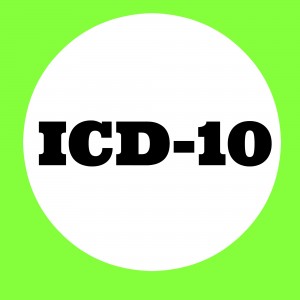A recent study released by The American Journal of Emergency Medicine suggests that large numbers of emergency rooms will have difficulty implementing ICD-10 when it is officially introduced in October. These problems could have drastic impacts on workflow and cost, and affect payers and providers alike.
ICD-10 | Identifying Potential Problems
According to a press release from the University of Illinois at Chicago, researchers looked at the 1,830 ICD-9 codes used commonly in emergency rooms and discovered that 27 percent of the codes had convoluted mappings that could result in problems in medical billing services. The codes were further analyzed and researchers found that 23 percent of these mappings were clinically incorrect. That translates to 8 percent of total encounters.
The researchers fear that these problems have not been accounted for and believe they will create significant functional and financial issues if not addressed, the study stated.
“Despite the wide availability of information and mapping tools, some of the challenges we face are not well understood,” said Dr. Andrew Boyd, the study’s principal investigator.
The researchers also fear that the problems will have an even greater impact on independent physician groups who staff their own emergency departments and perform billing, as there are typically fewer resources available. Because many of these groups execute coding themselves, they may be overwhelmed by the sheer volume of challenges and analysis presented by ICD-10.
While ICD-9 contains 14,000 codes, the new edition will increase the number significantly with more than 68,000 diagnostic codes. The researchers stated that the in-depth nature of ICD-10 will require additional training, time and potentially even involvement from emergency physicians. This will only increase the problems created by the convoluted mapping issues that the study uncovered.
Troubleshooting On a Deadline
To assist in addressing the challenges presented by their findings, the research team created a free tool that converts ICD-9 codes to the new ICD-10 code set. The tool, which is available online, gives users a tabular or graphical report on the ICD-9-CM to ICD-10-CM code mapping, as well as their respective classifications, providing physicians with medical billing solutions, the study reported.
With just months until the new code set is implemented, some groups are calling for a delay to allow for greater preparation. There was also a new bill, the ICD-TEN Act, proposed by Rep. Diane Black in May that would require an 18-month transition period for the new code set. But at this point, ICD-10 is still scheduled to be implemented on Oct. 1.

